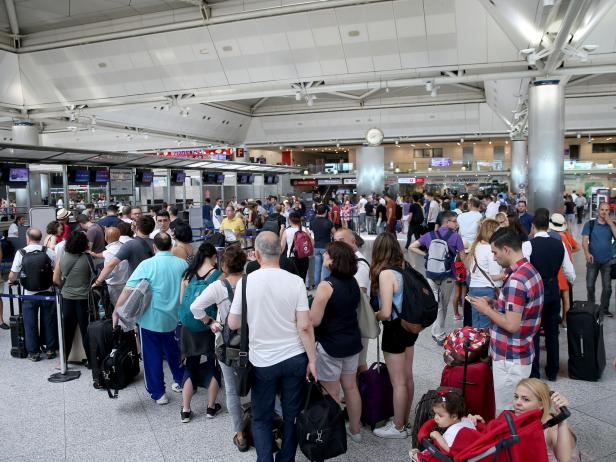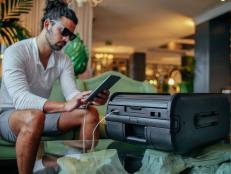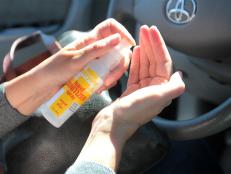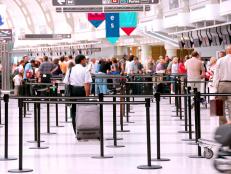How to Stay Safe at the Airport
The terrorist attack June 28, 2016 at Istanbul’s Ataturk International Airport, which claimed 44 victims, has naturally left some travelers feeling wary of traveling, especially internationally. Add to that the often long waits, cramped quarters and security check-in procedures that seem to differ at every airport and you have an especially stressful formula when it comes to air travel.

Anadolu Agency
The terrible events at Ataturk have led to some security soul-searching. Some have even floated the idea of TSA airport screening that extends beyond the usual security checkpoints, back to the actual terminal entrances. In fact, security at Ataturk already employs this added safeguard, featuring random vehicle screening and screening at the airport entrance. That extra line of defense prevented the Ataturk suicide bombers from moving deeper into the airport, though two of the attackers were able to enter the terminal, according to the New York Times, because of the panic unfolding at the terminal entrance.
But experts say there are some things travelers can do to protect themselves and, perhaps more importantly, put their minds at ease, including when traveling through international and domestic airports.
Airport Safety Tips
Phil Sylvester, a travel safety expert at insurance provider World Nomads has useful advice for staying safe at the aiport. Here are his tips:
1: Get Past Security Quickly
Says Sylvester, "World Nomads' advice to anyone traveling anywhere is to check-in and get through to the secure side of the airport terminal as quickly as practicable. Don't hang around in publicly accessible areas."
2: Choose Your Travel Time Wisely
"Avoid traveling at peak times when the check-in and security check lines will be longer," says Sylvester. "Use the TSA app to determine when the busiest times are (it’s usually Fridays from 4 p.m. to 8 p.m.)."
3: Travel Light
"If you can avoid the bag drop by using carry on and combine that with the self-service check-in you won’t have to queue. Less time in security area," says Sylvester.
4: Limit Your Time in the Security Line
"Join the pre-screening services offered by the TSA and others. The queues at these fast-track lanes are getting longer but they’re still far shorter than general screening.
Wear a jacket to the airport, you can put your coins, keys, cell phone, belt and anything else that needs to be screened into the pockets and place the whole lot on the conveyor belt. You can pick it up on the other side and walk off right away.
For the same reason wear shoes that slip on and off easily and liquids and laptops are packed at the top of your carry on so you can easily retrieve them and put them on the conveyor belt."
5: Know What to Do in an Emergency
"If in the vicinity of an attack, do not stay to watch what is happening, as you will only get in the way of the emergency services. There is also a risk that additional attacks may occur," warns Sylvester. "Do not run: you may be suspected as the bomber. If you are in a crowd stay at the fringes. Call home and your country's consulate or embassy to let them know where you are, if you are alright and if you need any assistance."
General International Travel Tips
More On Airport Tips and Security
1: Check-in with the State Department website to get up to date information about travel. For instance, as of June 29 the State Department has issued a travel warning for travel to Southern Turkey, near the Syrian border, but check for daily updates and follow the State Department on Twitter and Facebook to stay informed.
2: Enroll in the Smart Traveler Enrollment Program (STEP) to receive security messages and help the State Department locate you in an emergency.
3: Know where to get help quickly in the event of an emergency abroad.
4: Consult the State Department’s Traveler’s Checklist before embarking on your trip.
5: Make sure wherever you travel internationally that you have the address and phone number of the American embassy or consulate.
6: Share your intinerary, including hotel contact information with a friend or relative back home so they know where you are over the course of your trip.










